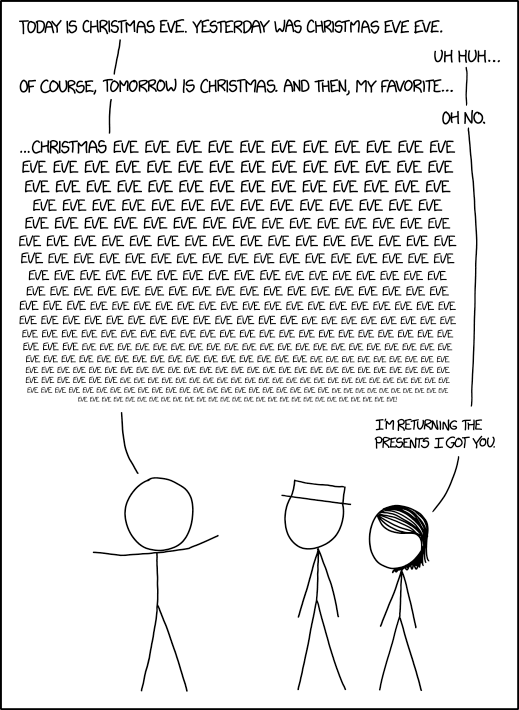It was perhaps inevitable that, when he weighed in on the issue of horse race political coverage, he would do so in an attempt to undermine the work of reformers like Jay Rosen and Margaret Sullivan.
Horseracism might be scary if the campaign press corps produced nothing but who’s up/who’s down stories. But that’s never been the case. American newspapers overflow with detailed stories about the issues and the candidates’ positions. At the end of the 2008 campaign, Washington Post ombudsman Deborah Howell sorted Post political coverage over the previous year and found 1,295 horse-race stories compared with 594 stories about the issues. This ratio seems defensible, seeing as the who’s up/who’s down of the horse race can change daily. Issue stories don’t need that sort of constant revisiting, especially if they’re done well.For the main election, these arguments are obviously inapplicable, but even on the primary level, his case is weak and sometimes self-contradictory. The very fact that Shafer, who has built much of his career defending the indefensible in the service of the journalistic establishment, falls back to the “seems defensible” standard tells us he knows he’s got a weak hand.
...
Horse-race coverage also helps clarify the voters’ minds when candidates converge on the issues, as happens regularly in the Democratic presidential derbies. If there’s little difference between the views of the candidate you favor and the leader’s, horse-race coverage helps optimize your vote by steering you toward the politician most likely to implement your views. Pundits aren’t the only ones who worry about a candidate’s electability.
How weak? For starter, while there is some value in helping voters determine electibility and that polls play a role in this (though not a large one, early numbers mainly tell us about name recognition, and that's not really a factor in the general), it is dwarfed by the importance of helping voters understand the problems facing us and how each candidate plans to address them. What’s more, these questions are enormously complex. This means that journalists were spending less than half of their time on topics that were both more important and needed to be explored in greater depth.
But it gets worse. Horse-race stories are primarily about prediction, who is more likely to win, and any prediction that swings wildly back and forth is, at best, chasing noise and is by definition bad. Even that is too generous a reading. The primary horse-race coverage that Shafer terms awesome didn’t just waste time and muddy the water by reporting every meaningless fluctuation as a trend, it also managed to get the actual trends wrong. Reporters and editors wanted badly to make the Democratic race seem more competitive than it was (at least, in part, to justify more horse-race stories). More to the point, they desperately wanted to convince themselves that Trump wasn’t the GOP front-runner.
On some level, this descent into denial was based on the knowledge that the rise of Trump was bad for the country, but there was another, less praiseworthy motive. The establishment media had invested heavily in false balance, both-siderism and radical centrist positions. The Trump candidacy required either painful soul-searching like we saw from the Washington Post, or a debilitating level of cognitive dissonance like we are still seeing from the New York Times.



/cdn.vox-cdn.com/uploads/chorus_image/image/62756046/birdbox.0.jpg)











